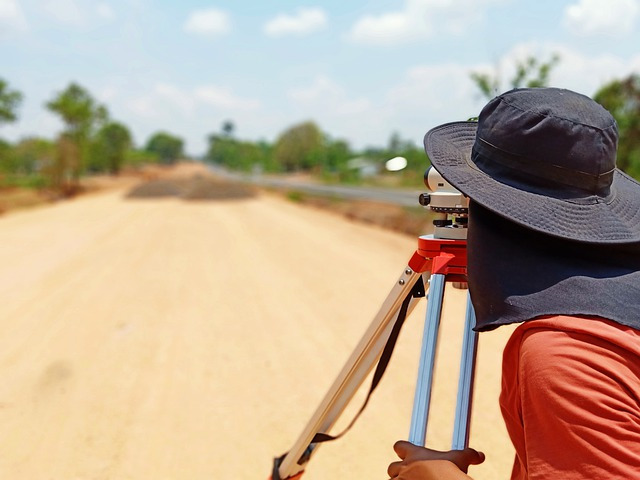
How, When and Why You Should Survey Fence Line Gradients
If you’re installing a forgiving, fabric type of fence like chain link, then slopes and undulations on your fence line won’t make too much difference. However, if you’re installing a welded mesh fence or even a welded bar or palisade fence system, gradients will be a big factor in the manufacturing and installation of the finished fence.
Let’s take a closer look at how, when, and why you should survey fence line gradients for your fence projects.
How Do You Survey Fence Line Gradients?
There are several ways you could measure the gradient of your fence lines, particularly if you have topographical drawings of the fence layout. However, the simplest way is usually to use a survey level (or dumpy level as it’s sometimes known) and a staff.
Divide the fence line into manageable sections and mark them on your fence layout. If the ground level is flat, you don’t need to measure the gradient on those sections.
When you do measure a slope, make a note on your plans where the slope starts and how long it is. If it’s a very long slope, divide it into sections and measure them individually.
Use a second person to hold the staff and measure the height difference between the survey level position and the staff position. Since you already know how far apart they are, you can then calculate the gradient of the slope.
If you don’t have access to survey equipment or don’t know how to use it, most land surveyors will assist for an hourly fee.
When Should You Survey Fence Line Gradients?
If you have a site with a lot of slopes, you will want to survey the fence line gradients on your site before you start work on them and before you start ordering or manufacturing materials. If you haven’t accounted for slopes in your bid and it wasn’t specified in the bid package, you might also need to apply for a change order for the additional material and labor required to fence those areas.
It’s a good idea to mark all of the survey data you get on a copy of the site plans that you can use to calculate your setting out and material requirements.
Why Should You Consider Surveying Fence Line Gradients?
Most fence systems have limitations to the slopes they can be installed on, and you will usually need more material and more man hours to install a fence on a steep slope.
You might also need to step your fence on very steep slopes, all of which adds to both the materials and labor to do the installation.
If you are manufacturing welded bar or palisade fences, knowing the angles of slopes on the site means you can manufacture a portion of your panels to suit the slope, so you have perfectly angled panels where you need them.
You might also need special equipment to work on very steep slopes. Some fence lines, on the slopes of mountains, for instance, require special shoes with extra grip, or you might need to add an ATV to your equipment to access hard-to-reach areas.
Good Fence Preconstruction Makes All the Difference
The real difference between good, professional fence contractors and everyone else is often in the planning and preconstruction phase. Taking a little extra time to do things like survey fence line gradients might delay starting the project slightly, but it will help to ensure that you have the right materials and equipment to deliver a great-looking, secure finished fence.


